Bowers & Wilkins New 801 D4 Loudspeaker Is a Work of Art That Also Happens to Offer World-Class Sound
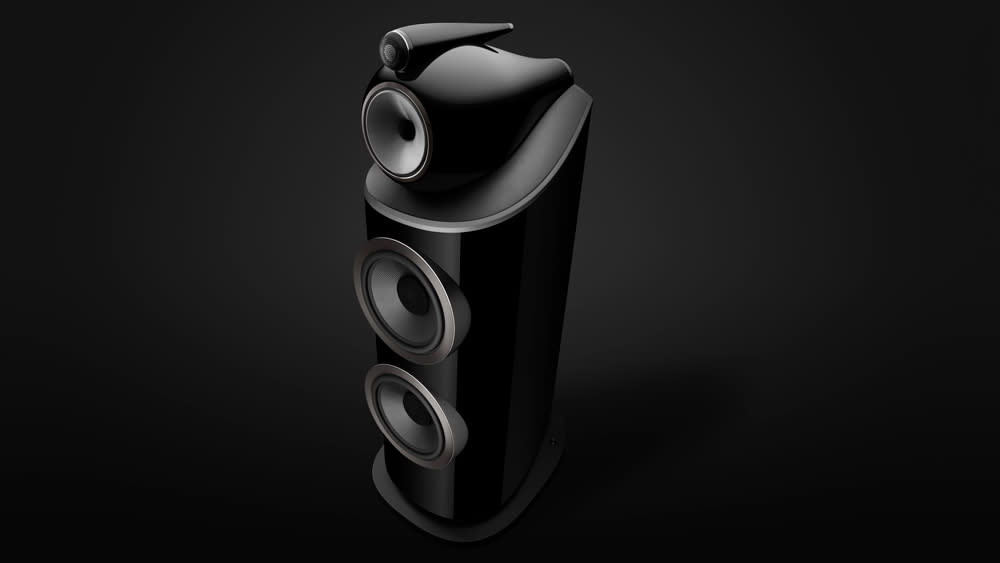
With so many loudspeaker brands on the market, choosing which to audition for the home can be overwhelming for newcomers seeking an elevated audio experience. Speaker design and production is a combination of art and science, but make no mistake, the science part of that equation bears heavily on the result, both sonically and in the precision engineering of the final product.
Few loudspeaker companies have the history and industrial strength of Bowers & Wilkins, founded in the UK in 1966 by John Bowers, who grew his humble storefront into a major manufacturer throughout the 1970s and 1980s. After opening the B&W Steyning Research Establishment (SRE) in 1981, the company’s emphasis on research and development shifted into high gear, exploring materials such as aramid fiber and diamond. The first 801 loudspeakers from 1979—which separated tweeters and mid- and low-frequency drivers from one another in separate cabinets—quickly became a reference standard, with subsequent models adopted by major recording studios like Abbey Road and Skywalker Sound.
More from Robb Report
First Listen: Sennheiser's IE 900 Earphones Deliver Big Sound in a Tiny Package
This New Record Cleaner Is Your Vinyl Collection's New Best Friend
PSB's Newest Loudspeakers Deliver Precise, Premium Sound That Defies Their Price
The radical Nautilus from 1993, whose look recalls the marine mollusk, was a statement speaker that explored new ways of housing drivers, solutions employed in the latest seven-model 800 Series Diamond speakers. The latter range from the flagship 801 D4 to the stand-mount 805 D4, along with a couple of center-channel offerings suitable for home theater applications.
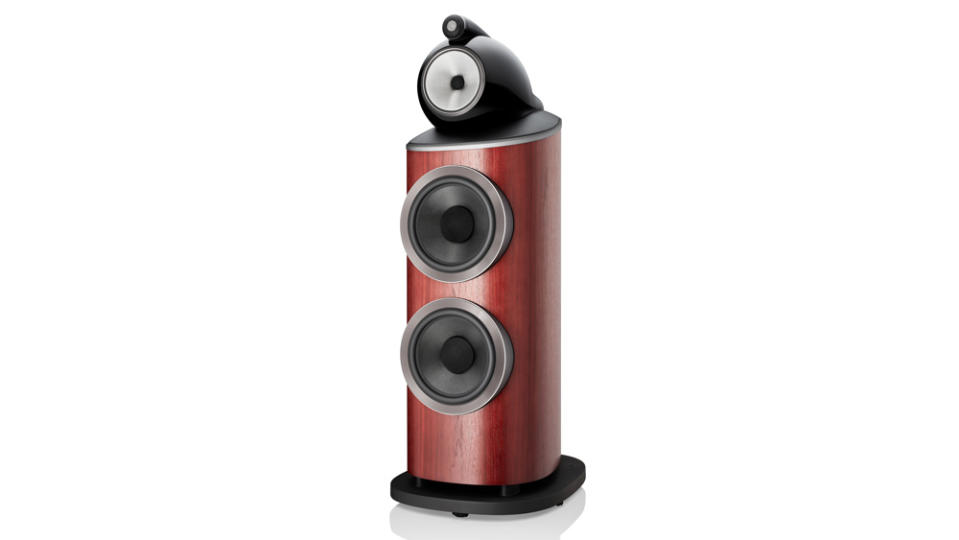
Photo: Courtesy of Bowers & Wilkins.
The 801 D4 is immediately distinguished by a main cabinet finished in satin walnut or satin rosenut veneer, or alternately, white or gloss black paint finishes. The shapely midrange cabinet sitting atop benefits from considerable strengthening, the result of using a stiff, non-resonant cast aluminum Turbine Head enclosure instead of wood. Uniquely, the form is covered in black or grey Connolly leather.
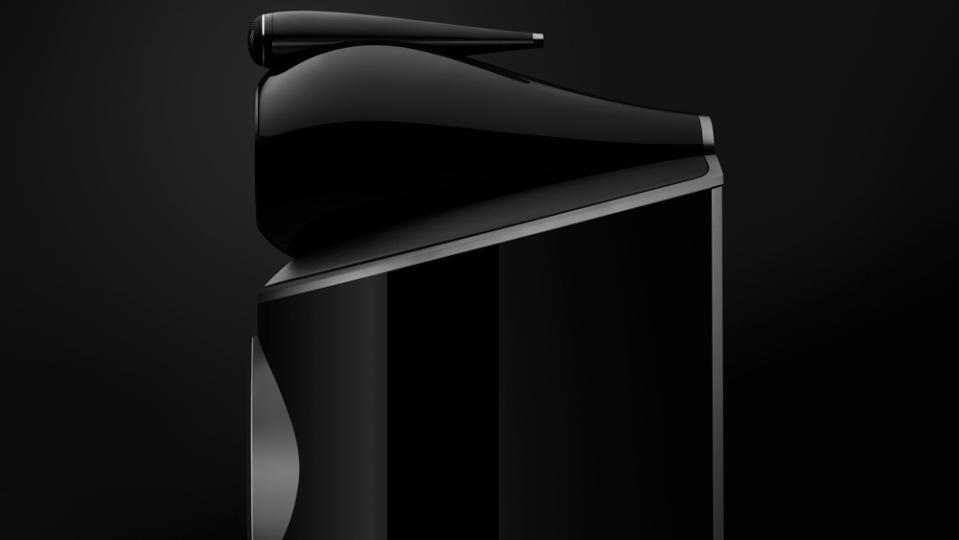
Photo: Courtesy of Bowers & Wilkins.
A defining element of the upper-tier speaker series is what B&W calls the “solid-body-tweeter-on-top” design that grew out of the development for the Nautilus. The organic shape of the anodized tapered tube—milled from a solid block of aluminum—eliminates resonances inherent in traditional enclosures, while a two-point decoupling system further isolates it from the main drivers below.
Driver materials used in the 1-inch diamond dome tweeter give the 800 Series Diamond its name. More rigid than aluminum- or cloth-dome transducers, diamond-based domes (fabricated using the chemical vapor deposition of diamond material on a substrate) have a dynamic stiffness that eliminates breakup and ensures near-perfect linearity well beyond human audibility.
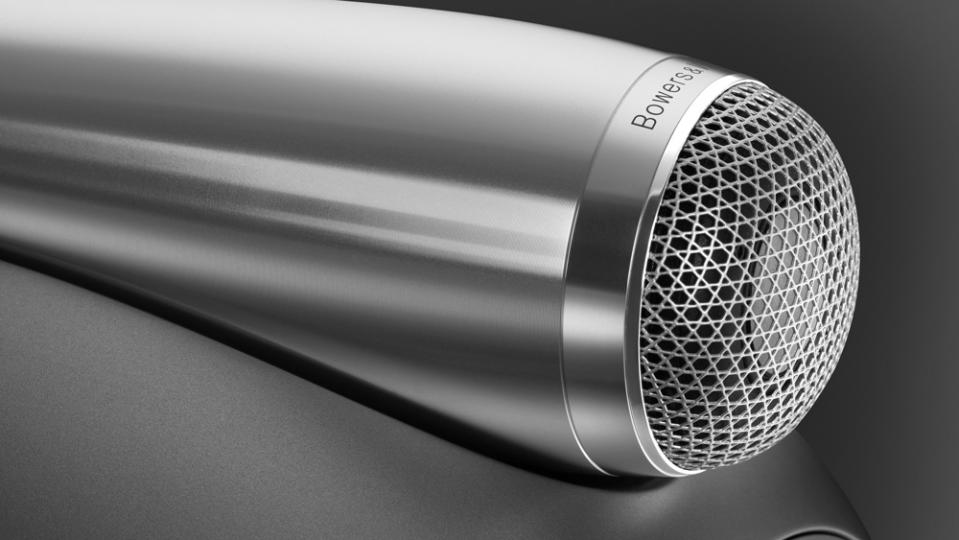
Photo: Courtesy of Bowers & Wilkins.
The 6-inch midrange driver is B&W’s composite Continuum cone surrounded by a stiff aluminum chassis, while the rear suspension of the cone replaces a traditional high-mass fabric spider with a minimalist composite biomimetic suspension, improving midrange transparency, accuracy and speed inherent in the Continuum cone.
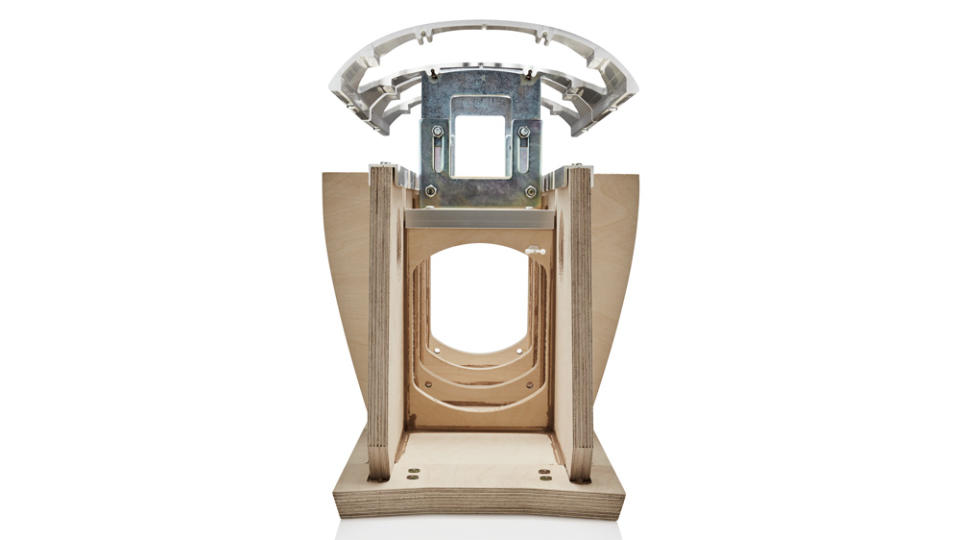
Photo: Courtesy of Bowers & Wilkins.
Beneath the Turbine Head midrange enclosure are two 10-inch woofers housed in the rock-solid cabinet previously described. These transducers employ B&W’s Aerofoil cone, a composite carbon-fiber skin over a light foam core of varying thickness, achieving maximum stiffness where required but lower mass overall, improving the speed and impact of bass frequencies.
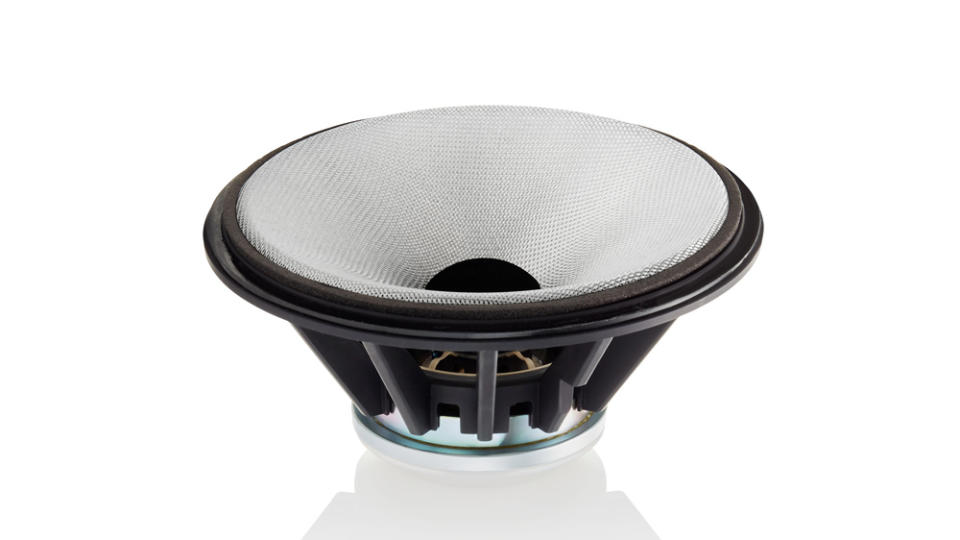
Photo: Courtesy of Bowers & Wilkins.
The imposing reverse-wrap cabinet requires a complex fabrication process that uses bent plywood with an elaborate internal matrix bracing structure of interlocking panels for maximum rigidity. A stiff aluminum plate on the inside face of the cabinet further eliminates resonance, while a cast aluminum, leather-wrapped top plate replaces one formerly made of wood.
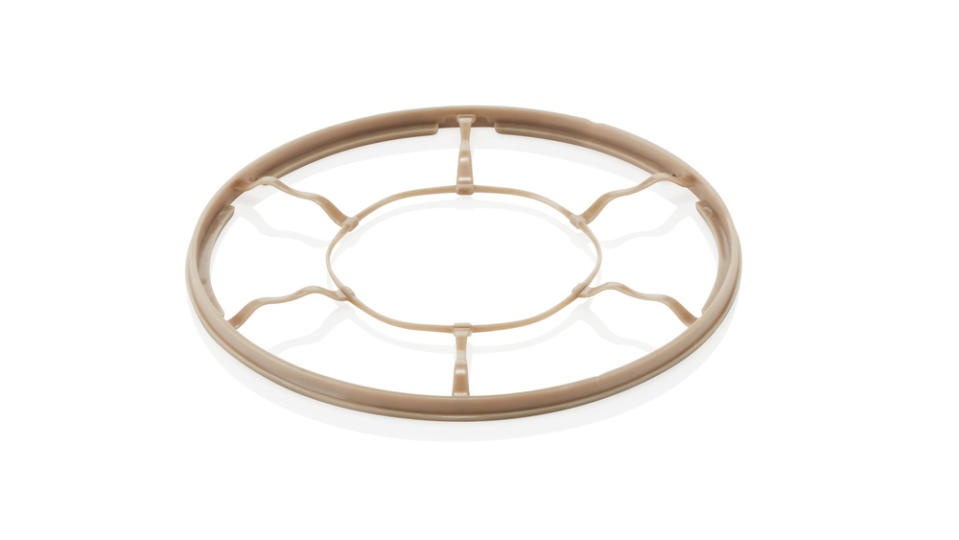
Photo: Courtesy of Bowers & Wilkins.
Bass drivers are enclosed in stiff aluminum pods mounted to the inside front baffle, while crossover networks are affixed to aluminum spines running up inside the cabinet’s rear. A steel plate in the bottom of the cabinet around the downward-firing bass port adds yet further stiffness to the 240-pound loudspeaker. A wheel-plus-spike configuration allows easy placement and, when situated, secure coupling with the floor. If the sonic attributes of the 801 D4 appear to be founded on high-mass enclosures and drivers using lightweight space-aged materials, it’s a formula that B&W engineers have perfected over seven generations of 800 Series development.
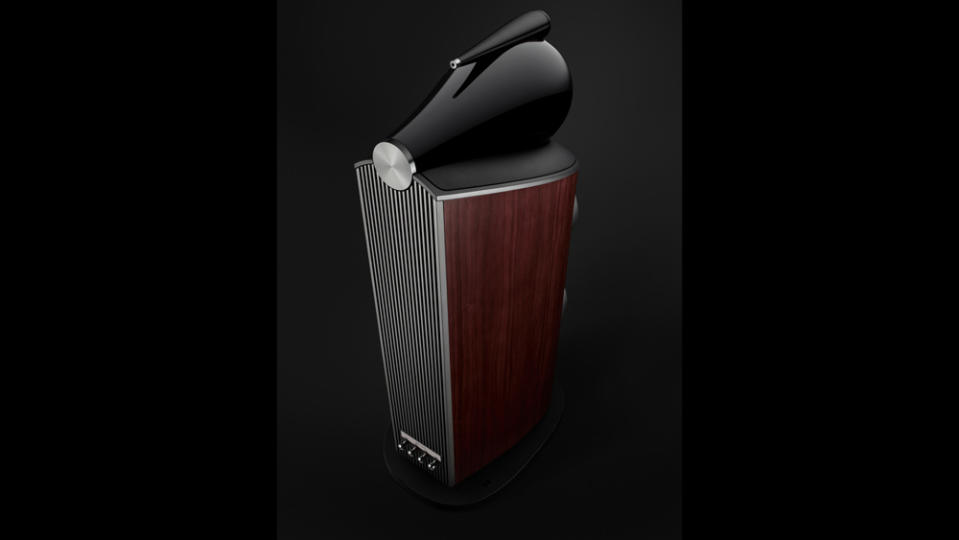
Photo: Courtesy of Bowers & Wilkins.
For number crunchers, frequency range is stated as 13 Hz to 35 kHz, with a nominal impedance of 8 ohms, dipping to 3 ohms. With medium sensitivity of 90 dB, the manufacturer recommends a minimum of 50 watts, though considerably more power will likely stand the big B&W in good stead. Priced at $35,000 a pair, the Bowers & Wilkins 801 D4 seems to be a bit of a bargain in the world of top-echelon loudspeakers, but we will know for sure once we’ve given them a listen.
Sign up for Robb Report's Newsletter. For the latest news, follow us on Facebook, Twitter, and Instagram.

